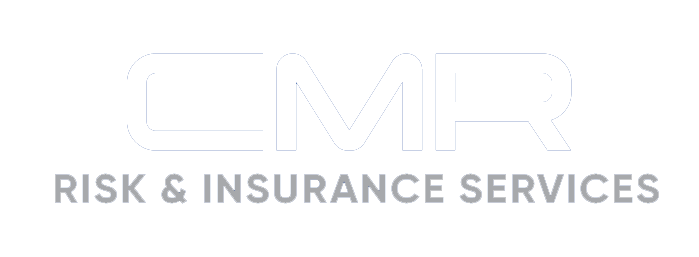Construction

July 8, 2024
OSHA Proposes Heat Injury and Illness Prevention Standard
On July 2, 2024, the U.S. Department of Labor’s (DOL) Occupational Safety and Health Administration (OSHA) announced an unofficial version of the proposed standard to protect workers from heat injury and illness. If finalized, the new standard would apply to all employers conducting indoor and outdoor work in all general industry, construction, maritime and agricultural...

June 26, 2024
Preventing Heat-related Illnesses at Work
During the hot summer months, outdoor employees are increasingly vulnerable to heat-related illnesses. Normally, the body has ways of keeping itself cool by allowing heat to escape through the skin and evaporating sweat. However, if the body does not cool down properly or enough, a person may suffer a heat-related illness. Here are the three...

June 20, 2024
EEOC Releases Promising Practices for Preventing Harassment in the Construction Industry
Recognizing that the unique structure of construction jobs can leave workers in the industry especially vulnerable to workplace harassment, the U.S. Equal Employment Opportunity Commission (EEOC) has issued a new guidance document outlining specific steps industry leaders can take to combat harassment in construction workplaces. The new document, “Promising Practices for Preventing Harassment in the...

May 30, 2024
Cyber, Financial and Labor Top the List of Risks in Commercial Construction
Commercial general contractors and construction managers face a number of risks that keep them up at night. In the 2024 Commercial Construction Risk Report, we surveyed 500 U.S. general contractors and construction managers to identify the key risks threatening their project timelines, operating budgets and safety. Several themes emerged: Least prepared for the top risks. The...

May 22, 2024
Avoiding Contractor Fraud in the Wake of a Disaster
There were 28 separate billion-dollar climate catastrophes in the United States in 2023, and 2024 is already shaping up to be an active year for severe weather. In the wake of these events, those affected are left vulnerable to shady contractors as they recover and rebuild their lives. To combat this growing problem, the National Insurance Crime Bureau (NICB) educates consumers on...

May 16, 2024
Top Commercial Construction Risks and Challenges for 2024
The commercial construction industry is facing key risks and emerging challenges that impact project timelines, budgets and safety, according to QBE North America’s 2024 Commercial Construction Risk Report. The report, based on a survey of 500 commercial general contractors and construction managers, highlights cybersecurity threats, financial challenges, and labor shortages as significant concerns for the...

May 1, 2024
5 Ways to Prevent Water Damage in Buildings Under Construction
Water damage stands as a persistent threat to buildings under construction, ranking as one of the leading causes of property loss worldwide. In the U.S. alone, the annual incurred loss amounts attributed to weather and non-weather-related water damage are equal to $500 million[1], emphasizing the significant financial burden this damage can place on construction projects....

April 17, 2024
Construction Defect Claims on the Rise: Understanding the Trends and Impacts
Construction projects are booming. That’s because demand is returning to its pre-pandemic levels, no longer impeded by mass closures, supply chain stalls or a lack of labor. Businesses and homeowners are looking to build, and the industry is more than happy to oblige. “The pre-COVID building boom, combined with lower interest rates and affordability, continues...

March 13, 2024
A Fight for Capital and Capacity – Emerging Risks in the Construction Sector
The construction industry is facing a unique set of challenges in today’s market, leading firms to seek innovative solutions to manage risk effectively. James MacNeal, global industry specialty leader, construction and infrastructure at Aon, highlighted the evolving landscape of risk transfer in the construction sector, emphasising the significance of alternative strategies like parametric insurance and captives...

February 26, 2024
What is Compounding Risks in the Construction Sector?
The construction industry faces several emerging risks in 2024, including supply chain disruptions reminiscent of those faced in 2020 due to geopolitical tensions in the Red Sea. Combined with ongoing economic challenges, construction businesses should expect increased costs and plan meticulously to minimize project delays, an expert told Insurance Business. “I would hazard to say almost...
